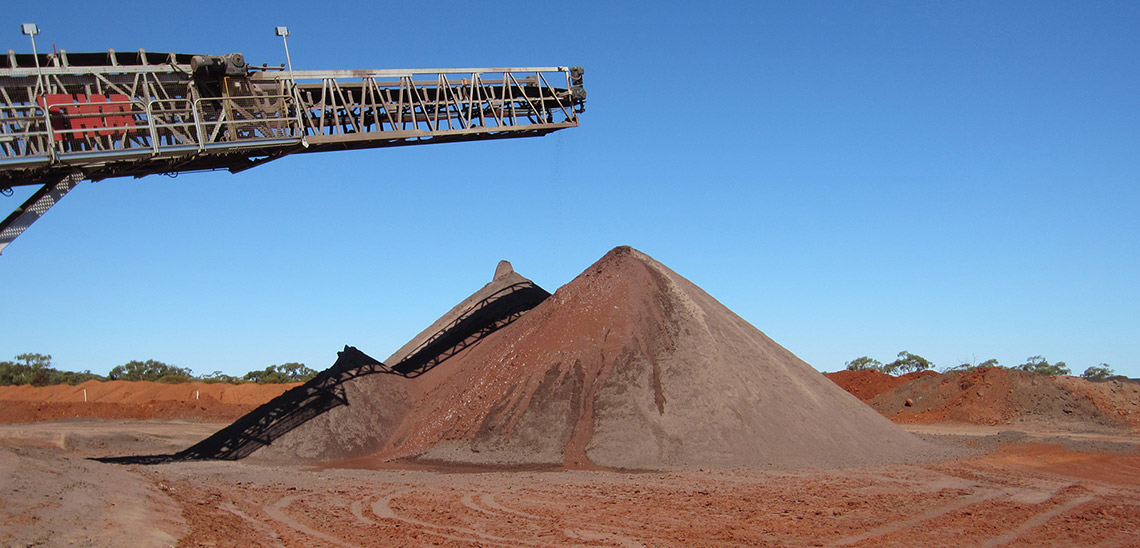Filter-Pressed Dry Stacking: Design Considerations Based On Practical Experience

Filter-Pressed Dry Stacking: Design Considerations Based On Practical Experience
SRK Consulting
Tags: Dry Stack Tailings, TailingsCharacterisation
Abstract
Filter pressing is a viable and proven tailings management alternative. Building on the experience at successful dry-stack operations, operating at production rates of up to 30,000 tonnes per day, filter-pressed dry-stacking can be (and is being) considered as an economically feasible tailings management alternative for even higher production rates. The paper presents a discussion of design basis and operational approaches based on the author’s direct experience on operational projects in a variety of climatic conditions as well as ongoing feasibility studies for much higher throughputs currently planned. The paper considers limitations of currently available filtering technologies (in particular filterability of various types and grinds of tailings streams and target and achievable moisture contents of the resulting filter cake) as well as geotechnical and geomechanical properties of the filtered tailings relative to design, operations and overall performance of the dry-stack. The paper further describes mechanical conveying equipment and placement (or stacking plan) strategies including considerations with respect to lift thickness, rate of rise and pore pressure generation considerations. The paper highlights the author’s experience with successful dry-stacking strategies and addresses some common misconceptions and constraints with respect to geotechnical and hydraulic performance of dry stack tailings, based on actual lab and field data presented. While not necessarily “dry” filterpressed tailings may be conveyed or transported by trucks and are amenable to stacking and compaction (for structural zones) or placement via conveyor to angle of repose (for non-structural zones) in various stacking approaches. The advantages with respect to water consumption, reduced and/or flexible stack footprints and geometries, seepage control requirements, closure/reclamation costs and public perception of risk can result in dry-stacking being selected as an economically beneficial alternative, particularly if life of mine risks and costs are appropriately considered. As with any conventional tailings management approach, careful and diligent planning, engineering and operational controls, QA/QC; instrumentation and monitoring, is required to manage risks and uncertainties.
